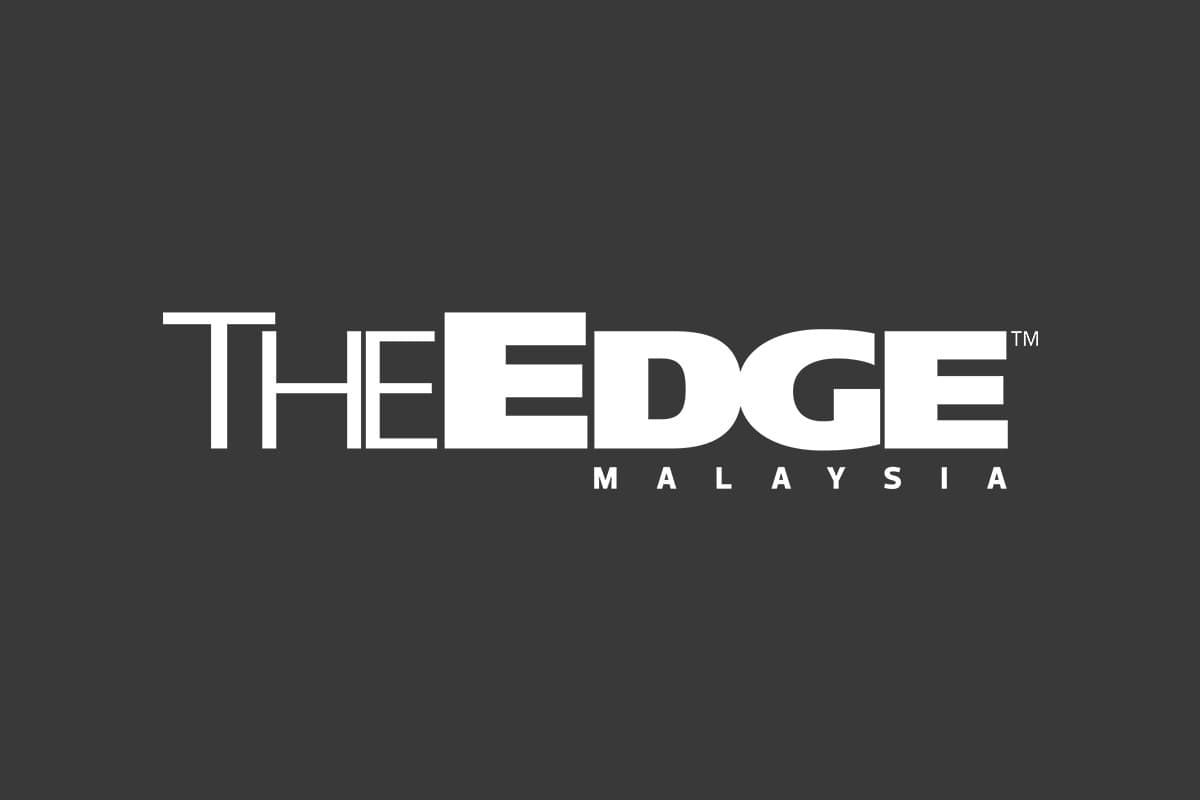
LA ROCHELLE, France (April 9): Europe will probably be able to produce only a small portion of rare earths it needs for electric vehicles and wind turbines by 2030, mainly due to cheap competition from dominant producer China, a consultant said on Tuesday.
Europe and the US have been scrambling in recent years to boost domestic production and processing of rare earths to cut dependence on China, which accounts for about 90% of processed rare earths globally.
"Today there's a cost gap of 20% to 40% between a value chain in China and a potential value chain in Europe," said Laurent Migom of consultancy Bain.
"And that is why we do not expect sufficient permanent magnet making in Europe in the current environment," Migom told an event where chemical group Solvay launched an expansion of its rare earth processing in La Rochelle, France.
An industry source at the event told Reuters in some cases the gap was even wider with Chinese products 60% to 70% cheaper.
European annual demand for rare earth oxides used in super-strong permanent magnets in electric cars and wind turbines is due to grow by up to 50% to 30,000 metric tons by 2030, worth as much as €1.5 billion (RM7.4 billion), Migom said.
Bain expects Europe to be able to produce less than 5,000 tons by that date.
While China accounts for 65% of global rare earth mine supply, there are large ore deposits elsewhere and many of them are under development.
But Migom said that of 50 mining projects outside of China aiming to start output by 2030, only 2-5 will be economically viable to launch under current market conditions, largely due to low rare earth prices.
Those projects would produce about 20,000-25,000 tons of rare earths per year, and only 6,000 tons of the type needed for magnet-making, Migom said.
Recycling could help supply rare earths in Europe, but only after 2035 when there are enough old magnets available, he added.
Uploaded by Siow Chen Ming
- Taiwan's TSMC warns of limits of ability to keep its AI chips from China
- West Coast Expressway operator receives government consent for RM1.15b financing from Bank Pembangunan
- Huawei readies new AI chip for mass shipment as China seeks Nvidia alternatives — Reuters
- CATL teases five-minute EV charging with longer range than BYD
- 1MDB-Tanore: BNM told Deutsche Bank that split in US$1b remittance was 1MDB’s ‘business decision’ — witness
